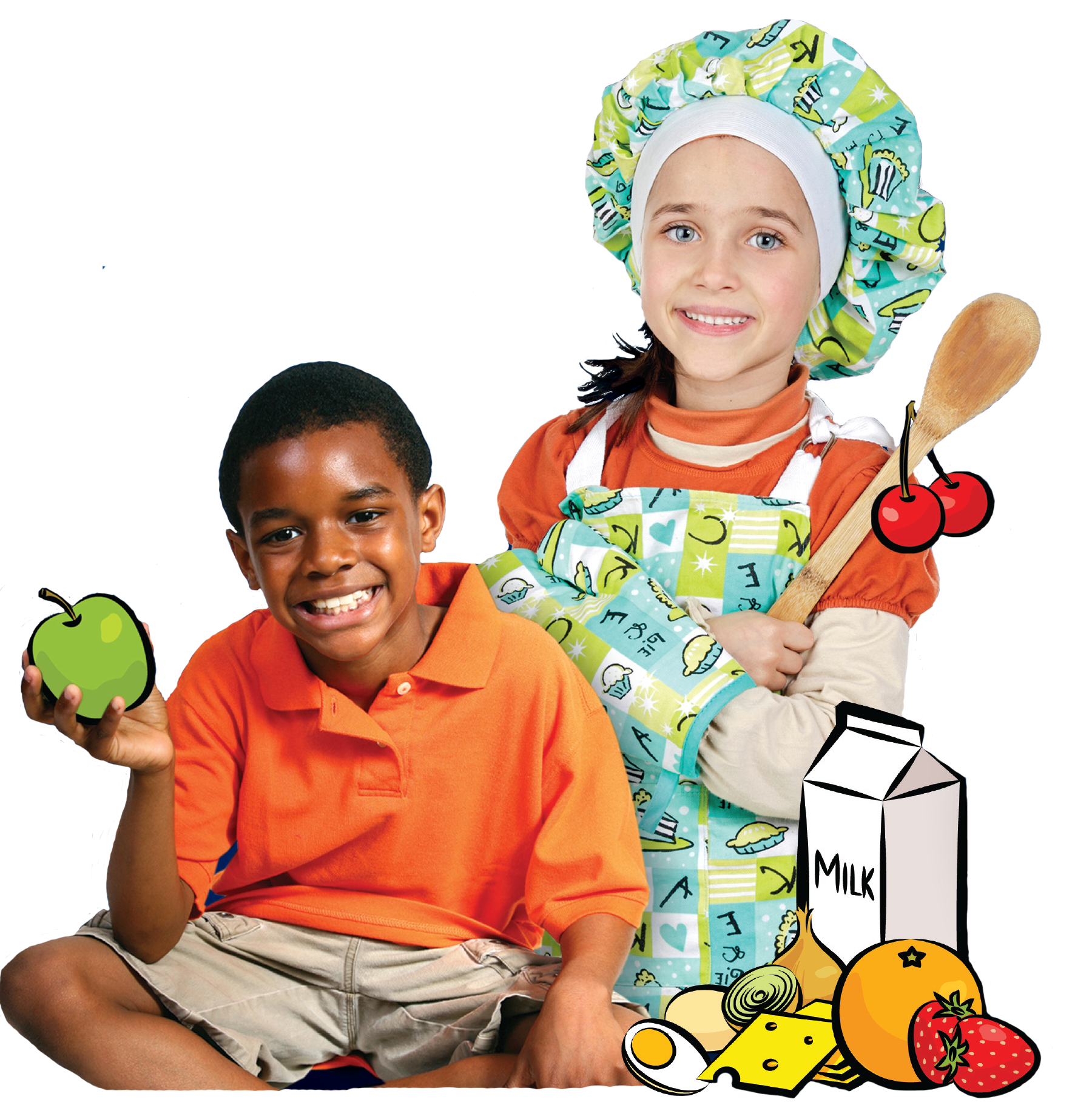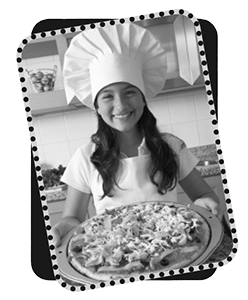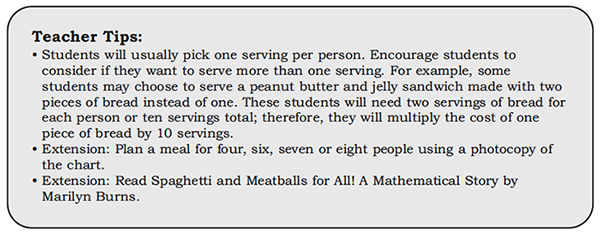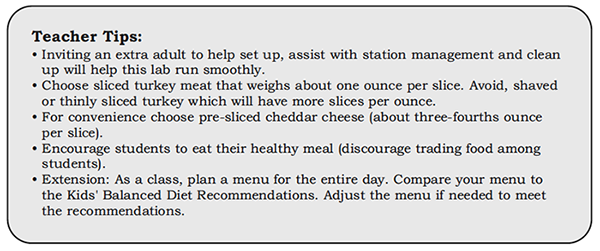Introduction to FoodMASTER:
FoodMASTER (Food, Mathematics and Science Teaching Enhancement Resource) is a compilation of programs aimed at using food as a tool to teach mathematics and science. It is our theory that if food is used as a tool to teach mathematics and science, students will be better prepared to demonstrate and apply mathematic and scientific knowledge. Because students encounter food on a daily basis, they have preexisting contextual experiences preparing them for learning new and relevant mathematics and science material.
Food is conducive to hands-on and virtual, inquiry-based, active learning that uses multiple senses to engage students in the learning process. Utilizing food allows for an interdisciplinary approach to learning concepts and ideas in a variety of scientific subjects like general science, biology, chemistry, microbiology, nutrition and health. Additionally, food labs are a dynamic way to teach mathematics concepts such as numbers and operations, algebra, geometry, measurement and problem solving.
The knowledge and skill development that can be inspired by the FoodMASTER approach is limitless. Proper use of measurement tools, data collection and interpretation, application and generalization, classification and organization, graphing and comparative analysis, understanding chemical changes, observing functions of ingredients and controlling variables, pricing, critical thinking, self-directing learning, and team building are only a few of the potential knowledge and skill development areas for intermediate grade students experiencing FoodMASTER’s scientific inquiry labs.
Additional FoodMASTER lessons can be found to cover health and nutrition topics such as:
Background for this Lesson:
Meal planning is an important part of creating a healthy meal. You may do a lot of planning for special meals like birthdays and holiday dinners. But it is easy to forget to plan everyday meals. Try planning week day meals to help your family make healthy choices, spend less money and save time at the grocery store. In this lesson, your students will learn how to plan a healthy meal.
In this lesson, students will:
- name the five food groups;
- be introduced to serving sizes;
- record data in a table and practice addition, multiplication and division to solve multi-step money mathematics problems;
- plan a meal on a limited budget;
- correctly measure food and recognize one serving of grains (one ounce), one serving of vegetables (one-half cup) and one serving of dairy (one cup); and
- solve kitchen mathematics problems using subtraction.



